How to Not to Give Into Baby Girl
(CNN)Bringing a new infant home can exist nerve-wracking for whatever parent. If it's your first, the fear of making a fault can exist overwhelming. It's inevitable you lot won't do everything just right, only read on and you tin can cantankerous these common mistakes off your listing.
1. Car seat safety
Some parents brand the mistake of not practicing diverse baby care chores before the baby comes. While how to change a diaper many be intuitive for well-nigh, not everything is. Take car seats, for example.
"Since hospitals require you to accept infant dwelling house in an advisable car seat, be certain you have it installed before delivering," said pediatrician Dr. Jennifer Shu, co-author of "Heading Home with Your Newborn." "Enlist the help of a child passenger safety technician, if needed."
Figuring out how to correctly -- and safely -- install car seats can be a existent claiming for many parents, then much so that many burn stations used to help parents with it. Today, fewer practise so, simply you can notice a trained technician through the National Child Passenger Safety Certification site.
But even while parents may accept purchased the seat, and even learned how to install it properly, birth educator Polly Gannon finds that some oasis't gone to the trouble of using information technology before the baby comes.
"Some parents oasis't even put a stuffed animal in in that location earlier the babe comes so they know how to get a newborn in there comfortably," said Gannon, who works at Calabasas Pediatrics in Calabasas, California. "Most hospitals, for legal reasons, cannot put the baby in the car seat for you, or even testify you how to use it."
A 2016 study of nearly 300 families, published in the Journal of Pediatrics, found 91% of those parents made serious mistakes while installing their automobile seats or putting their newborns into those seats. Eighty-six pct of those errors were in positioning the newborn in the seat, and near of those mistakes were "disquisitional" and increased the kid's risk for injury in any accident. Over half of the families had older children, which should have given them practise for the task.
For newborns, parents should make sure their infant's head doesn't flop forward, which could restrict breathing. That involves installing the seat at the correct angle to go along the infant's feet up, with the body reclined so baby tin plow her head to the side and breathe normally.
If the baby slouches down or to the side in the seat, the American Academy of Pediatrics suggests placing a tightly rolled receiving blanket on both sides of the baby, or using the newborn insert made for that machine seat make -- do non mix or lucifer with other manufacturers. Don't place a blanket or scroll across the top of the baby's head or put padding under your infant.
2. Back to sleep
The national "Back to Sleep" campaign of the 1990s brought a great bargain of attention to SIDS, or sudden baby death syndrome, and other sleep-related deaths among infants. Guidelines from the American Academy of Pediatrics insist that every infant should sleep on their back, in their ain crib, without any toys or soft bedding. During and afterwards the campaign, sleep-related deaths sharply declined, but recent data shows the risk continues. Each yr, some three,500 babies continue to die from sleep-related causes.
A 2015 report by the Centers for Disease Control and Prevention found one in v mothers report putting their baby to slumber on their side or tummy, and 39% of mothers said they use soft bedding in the crib with the baby.
"Wow, that's alarming considering you'd think anybody would know the recommended way to put their baby to sleep," said pediatrician Dr. Tanya Altmann, writer of the new book "Baby and Toddler Nuts." "But what a lot of parents still don't know is that you should not utilise bumpers anymore, and you lot don't desire pillows, toys or extra stuff in the crib."
3. Not feeding on demand
Some new parents make the mistake of letting baby sleep too long between feedings, likely due to exhaustion and their own demand to get a bit of rest. But that's a mistake, say experts.
"The first few weeks, the infant does need to be fed ... every two to three hours, even if they don't need it," said Altmann. "But once they accept regained their birth weight and you get your pediatrician's OK, it'southward fine to cross your fingers and hope that you go a stretch of three to 5 hours without the infant waking to be fed. But in the get-go few weeks, babies exercise need to exist woken upwards."
If you're doing everything right and your baby is growing and developing well, said Altmann, it'south perfectly possible to get a baby to sleep through the nighttime by 2 or 3 months of age. But exist aware that some babies regress between 3 and four months and brainstorm to wake up more often and feed more oftentimes.
"If y'all jump in and turn on all the lights, showtime playing with them, and basically have a party in the middle of the nighttime, they will continue to wake upwardly," Altmann said.
"I usually tell parents if every time you wake up there was chocolate block on your nightstand, you would start eating information technology every night and yous would wake up expecting it," she said. "Aforementioned with babies, right?"
iv. Non burping babe properly
One of the central mistakes many new parents tin can make is failing to have the time to properly burp their newborn.
"I recollect many new parents are nervous virtually handling their newborn," said Gannon. "They will often put the baby downward quickly after feeding because they are scared they aren't belongings information technology properly."
The consequence of failing to burp is that the baby may spit upward and gag, losing some of that precious milk, or wake upwards in an 60 minutes or so screaming in hurting.
"I'one thousand getting calls all the time where parents say that the baby is actually peaceful later on feeding, just then infant wakes upwards screaming and is up for the next 2 ane/2 hours," added Gannon. "My favorite line is 'cheat the baby, crook yourself.' If yous cheat the baby out of a expert burp and neglect to get all of that air out, you and the babe are both going to suffer."
At that place are several burping techniques you can try until you observe the 1 that works best for your infant. In the virtually well-known, the-over-the-shoulder burp, yous place your infant high on your chest with her chin resting on your shoulder and face turned to one side, tummy firmly against the chest. Pat or rub the baby's dorsum gently until she burps.
"Information technology might take you an boosted 10 minutes at the end of the feed," said Gannon, "just the babe will be happy."
Another common technique is to place baby face downwardly across your lap, and pat and rub. Other techniques include babe exercises. Lay them on a blanket on the floor and begin bicycling their legs, or moving their legs up and around in a circular motion in each direction.
Gannon finds that a sitting posture works all-time for her clients. She places the babe sitting upright on her lap, facing the side. Using one mitt to support the babe'due south head in the front (making certain to avoid holding the neck) she puts her other mitt on the infant's back.
"Keeping the babe's bottom firmly planted on my lap I move their whole trunk in a small, slow circular motion to the left for a while, and then to the correct for a bit," explained Gannon. "I sit the baby upright a few times, and usually go a good, hearty burp, fifty-fifty without a gentle pat on the back."
5. Failing to pre-burp
Most of united states think about burping later the babe eats. But experts say that you should also take the time to pre-burp your baby.
"I endeavour to pre-burp babe for at least two minutes before starting any feeding," Gannon recommended. "This helps eliminate the common spitting up and gassy trouble that newborns often accept for the starting time 30 days."
"If you lot beginning out without gas in the stomach, and so practise a really good feed and get the gas out at the end, they are going to be much more comfortable and more likely to be happy and content on their own," added Altmann.
half-dozen. Mistakes in mixing formula or breastfeeding
Making a error measuring formula and water happens often enough in her practice, said Altmann, that she makes it a practice to quiz parents on how they prepare infant's meals. She asks the same of breastfeeding moms, too.
"When I have new babies come into my exercise," said Altmann, "whether they are breastfeeding or formula feeding, I take a step back and ask these questions: 'Exactly how are y'all feeding your babe -- what do they await like when they are latched on? How are yous mixing the formula? How are y'all putting it in the bottle?'"
On occasion she finds that one of the parents might exist mixing formula wrong, past making information technology too full-bodied or dilute.
"Unremarkably, it's too dilute," said Altmann. "So the baby isn't getting enough diet and that'south when they fail to thrive. You lot always want to be sure you're reading and following the directions on the formula properly."
And some moms may not have the infant fully latched onto the chest, so while the baby looks like it'southward nursing, he or she isn't actually swallowing and feeding, said Altmann.
"It's a good thought for breastfeeding moms to check in with a lactation consultant if they have any concerns or pain during feedings," said Altmann. "Then check in with your pediatrician regularly to make sure your infant is gaining weight appropriately."
vii. Not enough tum fourth dimension
Altmann says an unfortunate mistake many new parents make -- and go on to brand as babe grows -- is keeping baby constrained in a motorcar seat, bouncy seat or other sleepers.
"I'll see parents out with their baby, at a restaurant, at the park, talking to friends, and they are carrying the babe in the car seat," said Altmann, who is likewise a spokeswoman for the American Academy of Pediatrics. "I'chiliad always telling parents, 'Car seats are for cars, but don't bear them to and fro in the car seat.'"
Not just can spending too much time reclining create a soft spot on the back of their head, says Altmann, just not interacting with the baby can cause linguistic communication delays and other issues due to a lack of stimulation.
"When your baby is not sleeping or not in the motorcar traveling, they really should be on their tummy or held past a parent," Altmann said. "They shouldn't exist strapped down, they need to move, stretch, roll and push button their caput upwardly."
8. Nether- or overreacting to a fever
Fevers in newborns can be serious. If your baby is younger than three months and develops a fever of 100.4 or college, phone call your pediatrician or medical professional immediately. Only when information technology comes to a fever in babies and children older than that, the advice is more circuitous.
"For the older babies, I'm unremarkably telling parents not to freak out by what the number says on the thermometer," explained Altmann. "Instead, accept a close look at your child to figure out what is happening with them, considering not every fever needs to be treated."
Look at your baby and discover. Are they drinking fluids? Are they happy and playing? Are they sleeping OK? Are they having whatever trouble breathing? Those are the questions to ask yourself, Altmann said. Experts say about fevers are harmless, and likely the result of a mild infection.
"Don't just treat the number on the thermometer," Altmann added. "It doesn't matter if information technology'southward 101 or 103.v, it'southward more important how they are acting."
nine. Proper temperature for baby in the home
Some other concern for parents: how warm or cool their baby should be. Shu said she is often asked past parents for the proper temperature setting for the habitation. The answer, she says, depends on the fourth dimension of yr and the insulation of the home, only in general "a thermostat setting around 68 to 72 is probably comfortable for babe."
While Shu says she thinks many parents keep babe too warm, Gannon has institute the opposite. At homes in her exercise, she said, new parents may accept their baby in a T-shirt and diaper, unswaddled. She said a babe'due south skin should always be warm, not hot or cold, to the touch.
"If the baby is chilled, then his body will need to burn extra calories to enhance his body temperature, instead of those calories going toward a healthy weight proceeds," said Gannon. "So even if the baby is feeding well, he or she may not be developing properly because they have to burn a lot of calories trying to get warm."
Shu warns that newborns don't have good apportionment at first, so "having cool hands and feet is normal."
10. Taking newborns into crowded places
Some parents want to accept their newborn to a large family gathering so everyone can ooh-and-awww over their tiny miracle. That could be a error, experts said.
"Information technology does scare me a scrap when I see newborns out and virtually, especially during cold and flu flavor," said Altmann. "The starting time ii months of your baby's life, you really need to protect them from exposure to germs and people that are potentially sick. Your infant'due south immune system is weak, and still growing and developing."
That doesn't mean you lot tin't leave the firm, yet. Experts encourage daily walks and say information technology's fine to sit in your lawn or on the front porch.
"Merely don't take them to crowded spaces," Altmann said. "That'south when y'all can expose them to people who potentially have the flu or another contagious illness that could spread, even if they are a few feet away."
overstreettherreck.blogspot.com
Source: https://www.cnn.com/2018/01/29/health/newborn-mistakes-parents/index.html
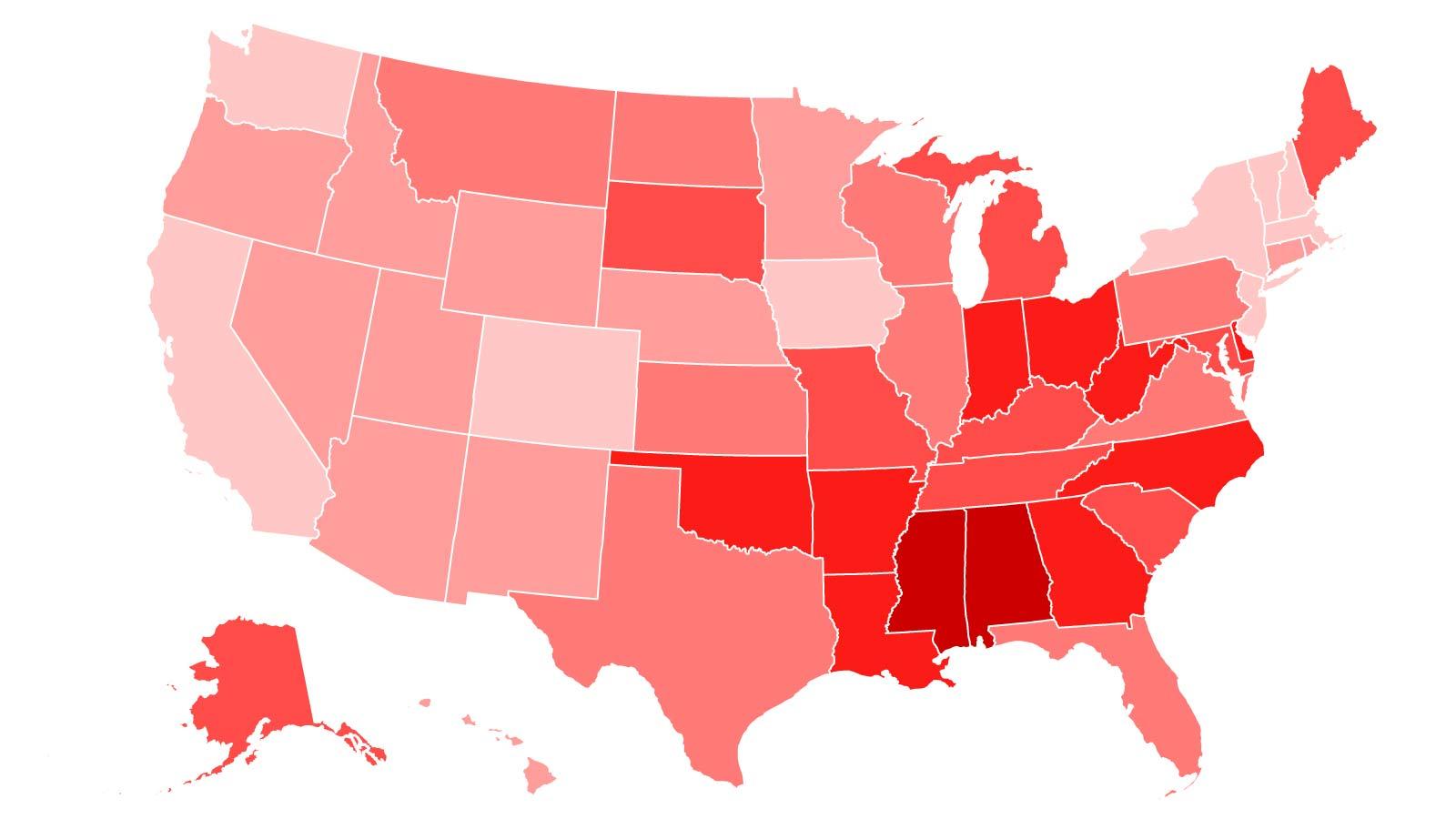


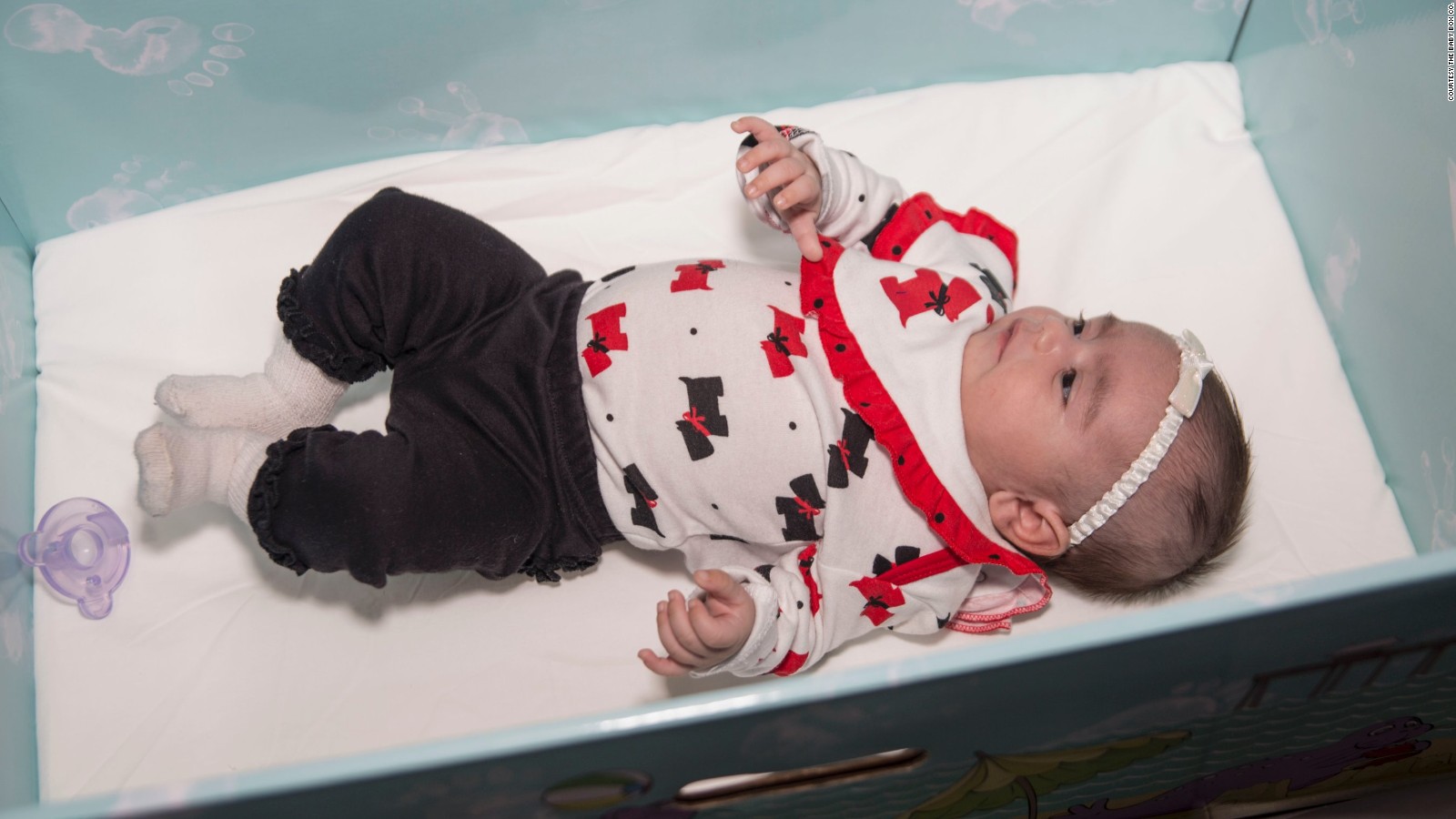

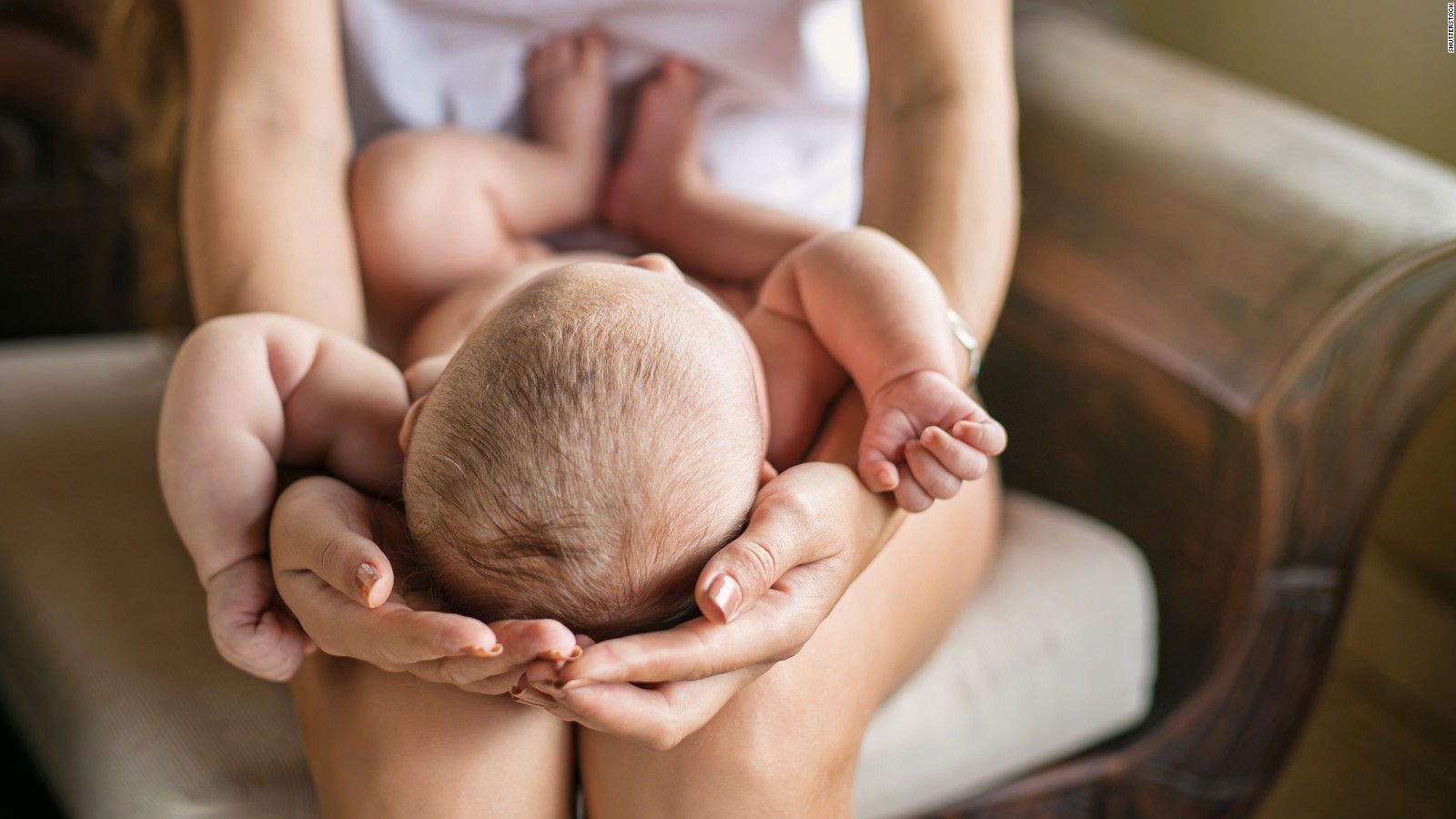
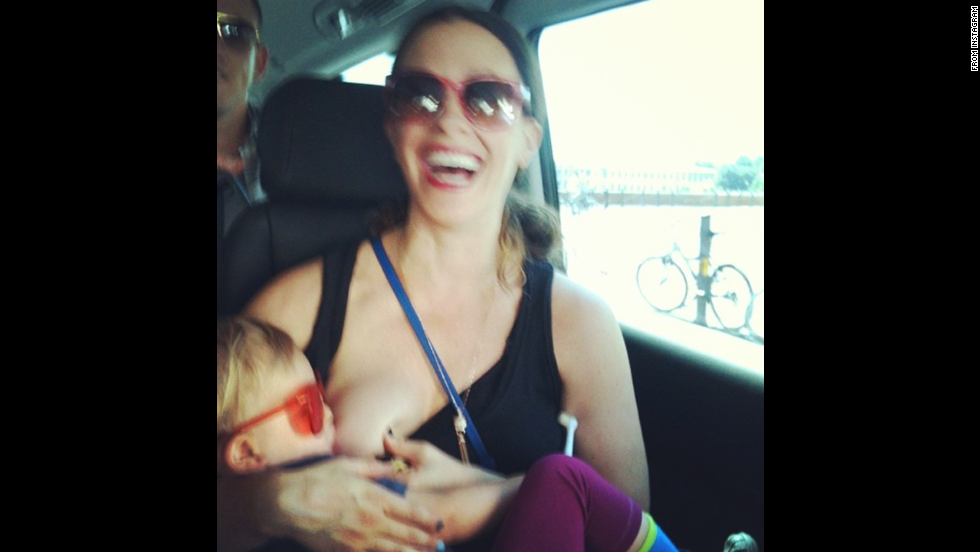

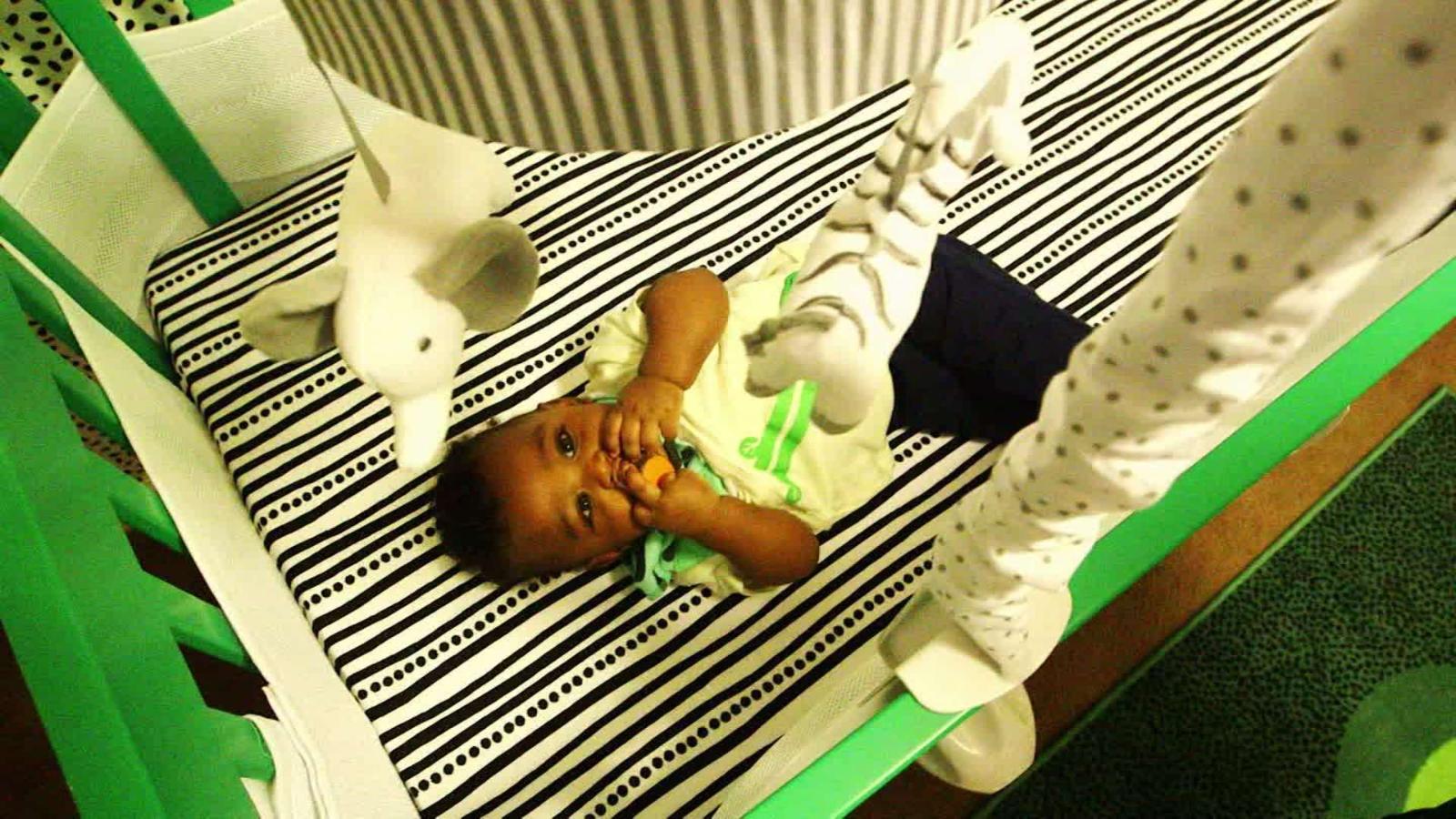
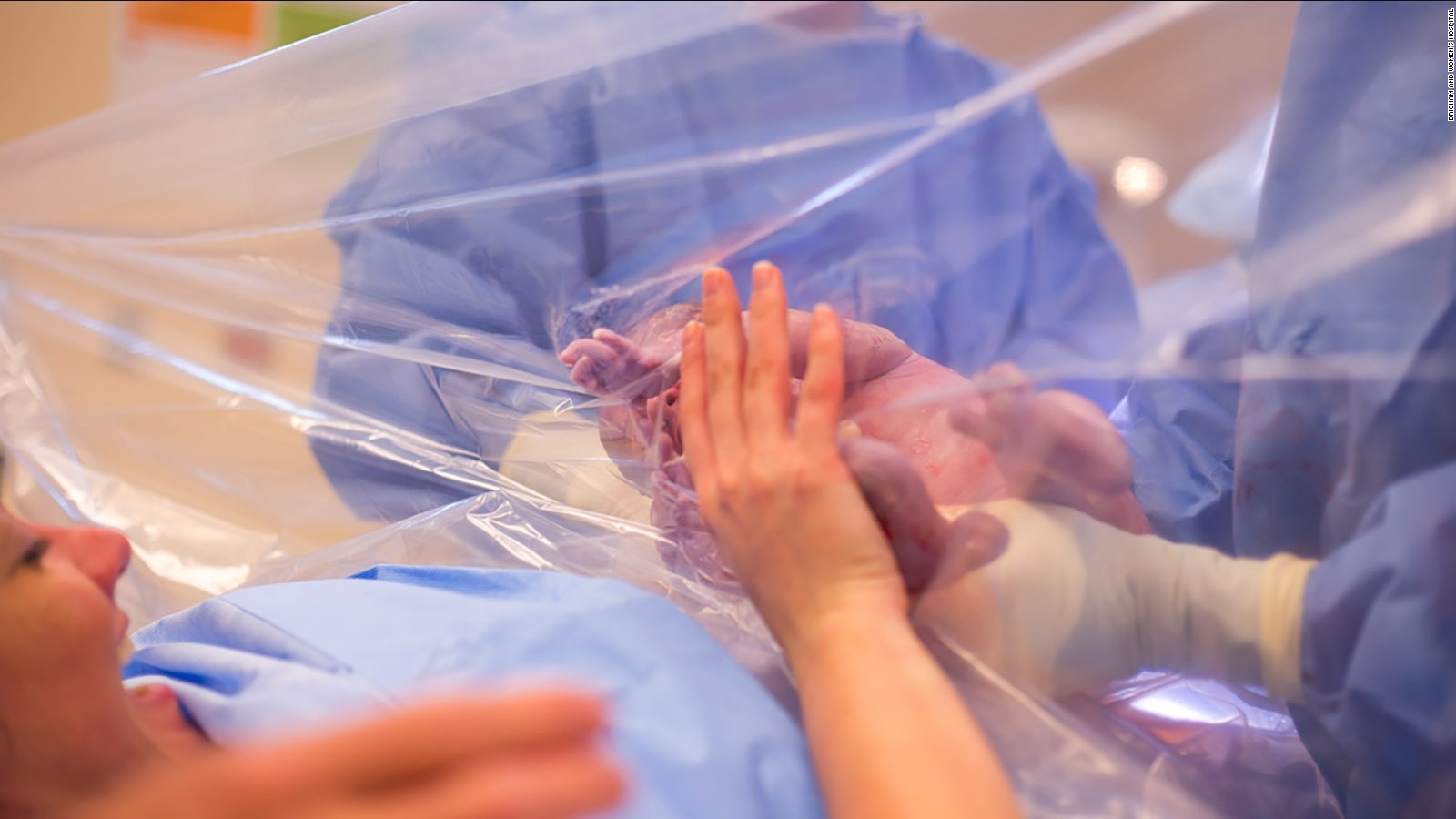
0 Response to "How to Not to Give Into Baby Girl"
Post a Comment